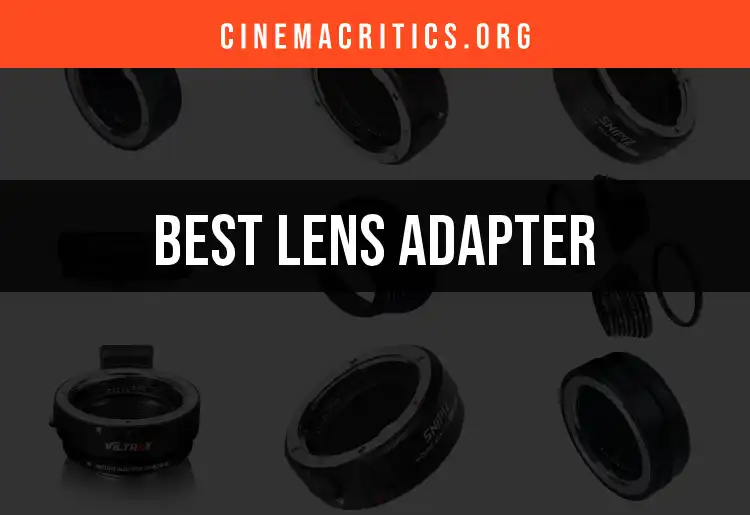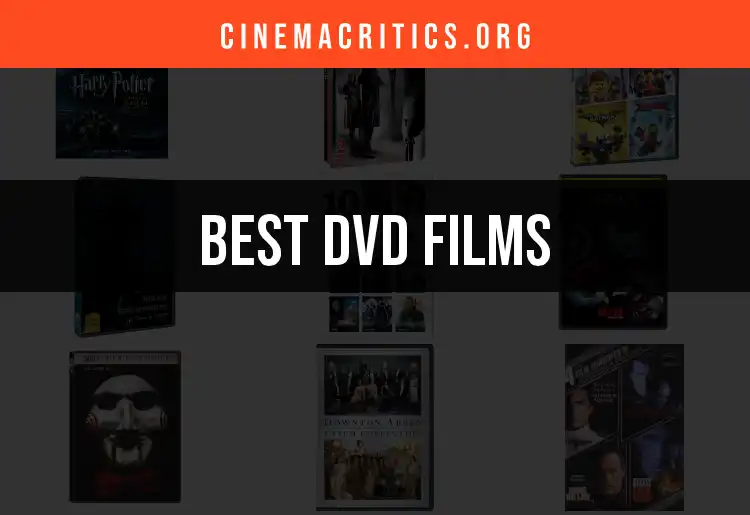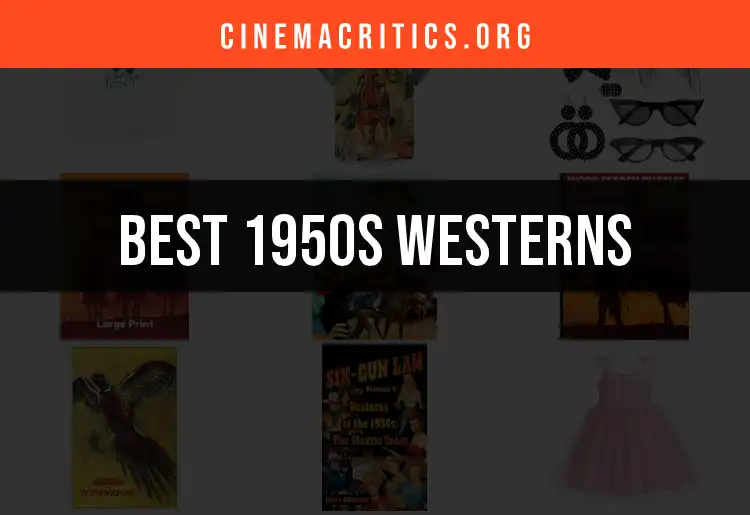Introduction to Film
Film serves as a window into different cultures, eras, and experiences, allowing viewers to immerse themselves in distinct narratives that provoke thought and evoke emotion. The historical journey of film reflects societal changes, technological advancements, and evolving artistic expressions. Understanding film is crucial, not only for enjoyment but also for appreciating its role as an art form and a powerful vehicle for storytelling.
The history of film traces back to the late 19th century with innovations like the kinetoscope, which allowed for the sequential viewing of images. This transition from silent films to 'talkies' marked a pivotal moment in entertainment history, signaling technological progress and the audience's desire for more engaging content. In contemporary society, films are not just a form of entertainment; they are a significant cultural artifact that informs and reflects societal values.
Types of Films
Films can be categorized into various types, each designed to target distinct audiences and express unique storytelling techniques.
-
Narrative Films: These films represent the conventional storytelling model where characters, plots, and conflicts drive the narrative forward. They are crucial for creating engaging entertainment that connects with audiences on an emotional level.
-
Documentaries: These are essential for presenting factual information about real people, places, or events. Documentaries foster awareness and understanding of societal issues, enjoyed not just as entertainment but as a tool for education and enlightenment.
-
Animated Films: Animation transcends age barriers, appealing to both children and adults. The richness of animated storytelling broadens the possibilities of creativity, allowing filmmakers to explore fantastical realms and imbue profound messages without the limitations of live-action constraints.
-
Experimental Films: These films challenge traditional storytelling norms, pushing the boundaries of narrative structure and cinematic language. By doing so, they engage the audience in artistic conversations and stimulate an appreciation for cinema as a contemporary art form.
Understanding Film Genres
Film genres help define the expectations of viewers and guide filmmakers in crafting their narratives. Each genre possesses unique characteristics that can cater to diverse audience tastes.
Drama Films
Drama films are pivotal in exploring complex human emotions and real-life situations. They often delve into themes of conflict, morality, love, and loss, allowing audiences to connect on a deeper emotional level. The tension and stakes present in drama films resonate universally, making them significant in the cinematic landscape.
Comedy Films
Comedy films hold the power to alleviate the rigors of daily life by inviting audiences into laughter. They employ humor—whether through visual gags, witty dialogue, or situational comedy—to create enjoyable experiences. Laughter is a unique form of bonding among audiences, making comedies essential for communal viewing experiences.
Action & Adventure Films
Defined by fast-paced sequences and thrilling experiences, action and adventure films stimulate adrenaline and excitement. They often depict heroic journeys and monumental stakes, captivating viewers and immersing them in exhilarating escapades. This genre enriches cinema by delivering breathtaking spectacles and inspiring narratives of heroism and resilience.
Romance Films
Romance films touch on the intricate dynamics of love and relationships. They reveal the beauty, complexity, and challenges associated with romantic connections. These films cater to the human desire for connection, making them timeless in their appeal. They encapsulate romantic ideals, often leaving viewers with hope and desire for love.
Country Romance Movies
Among the many subgenres, country romance movies carve a niche by intertwining love stories with rural settings, often set against the backdrop of wide-open spaces and tight-knit communities. These films often explore themes such as family values, loyalty, and cultural heritage. To delve deeper into the charm of these films, you can view our article on the best country romance movies, which showcases notable titles that capture the essence of love amid rural landscapes.
Horror Films
Horror films evoke fear and suspense, engaging audiences' primal instincts. By tapping into our deepest fears and anxieties, horror films challenge viewers to confront uncomfortable themes. They often serve as social commentaries on cultural fears and phobias, making them relevant and significant in contemporary discourse.
Science Fiction and Fantasy
These genres expand the imagination, venturing into futuristic or fantastical realms. Science fiction films often pose questions about technology, humanity, and the unknown, while fantasy films create enchanting worlds steeped in magic and lore. Together, they allow filmmakers and audiences to explore the limits of possibility and engage with philosophical questions.
Documentary Films
Documentaries bring real-life stories to the forefront, offering insights into various subjects. They can be investigative, biographical, or observational, and are imperative for fostering knowledge and awareness. Documentaries bridge the gap between entertainment and education, encouraging viewers to engage critically with real-world issues.
Animation
Animated films showcase a broad range of storytelling techniques while reaching both children and adults. With endless creative possibilities, animation opens doors to fantastical worlds where sentiments and messages can be conveyed beyond the capacity of traditional filmmaking techniques. It's a genre that validates artistic expression while serving as a significant mode of communication.
Film Production Process
Producing a film is a formidable feat involving multiple stages, each critical in translating written scripts into visual narratives.
Pre-Production
The pre-production phase is foundational. This stage determines the feasibility of the project and involves critical aspects:
-
Scriptwriting: The script serves as the blueprint. A well-crafted script has the potential to captivate audiences, providing a clear narrative framework and character arcs essential for effective storytelling.
-
Casting: Actors bring life to written characters. Their ability to portray emotions and deliver dialogues convincingly can significantly influence a film's success.
-
Budgeting: Establishing a budget is paramount to ensure the film's vision aligns with financial realities. A well-structured budget facilitates resource management and can help prevent project derailment.
Production
The production phase represents the execution of the vision crafted during pre-production:
-
Filming: This is where the scenes come to life. A well-executed filming process requires effective collaboration among crew members, ensuring performances align with the director's vision.
-
Cinematography: Cinematographers play a pivotal role in visual storytelling, using technical skills to shape the film's aesthetic appeal. The camera angles, framing, and lighting choices can evoke specific emotions and enhance the viewing experience.
-
Direction: The director orchestrates the production, guiding actors and crew to fulfill the narrative's vision. Their creative instincts and decision-making shape the film's tone and style, making direction a critical component of filmmaking.
Post-Production
Post-production is where the final film takes shape, involving crucial tasks that polish the initial raw footage:
-
Editing: Editors play a crucial role in determining the pacing, rhythm, and overall flow of the film. Skillful editing can enhance emotional beats and create a coherent story structure that resonates with the audience.
-
Sound Design: Sound enhances the film's impact, immersing viewers in the narrative. An evocative sound design can intensify emotions, guide viewer responses, and enhance storytelling through a rich audio experience.
-
Visual Effects: The addition of visual effects can create stunning imagery that would be impossible to capture during filming. They expand the realm of creative storytelling, enabling filmmakers to produce visually captivating experiences.
Film Distribution
Film distribution is the bridge connecting the completed project with its intended audience. It plays a pivotal role in a film's commercial success.
Types of Distribution
Distribution can take various forms:
-
Theatrical vs. Non-Theatrical Releases: Theatrical releases provide the cinematic experience, attracting audiences to theaters, while non-theatrical releases may target home viewing via streaming platforms, DVD/Blu-ray, or television broadcasts. Each avenue caters to different viewing habits and preferences.
-
Physical vs. Digital Distribution: As technology evolves, digital distribution has become predominant, offering broad access to films through subscription services. Understanding the pros and cons of physical versus digital methods can inform strategic decisions for filmmakers.
Marketing Strategies for Films
Effective marketing is crucial for generating buzz and ensuring audiences know about a film's release. Strategies may include:
-
Trailers and Teasers: Creating enticing trailers that showcase key moments without revealing too much can intrigue potential viewers.
-
Social Media Campaigns: Engaging with audiences through social media can foster a sense of community, building excitement around a film and enabling grassroots marketing.
-
Press and Publicity Events: Inviting critics and influencers to screening events can generate early reviews, playing a significant role in shaping public perception upon release.
Film Festivals
Film festivals serve as vital platforms for independent films and genre showcases. They allow filmmakers to connect with audiences, potentially gaining distribution deals through festival accolades. Festivals also facilitate networking opportunities, introducing creators to industry professionals and fellow artists.
The Role of Technology in Film
The intersection of technology and film continually shapes cinematic experiences, enabling more accessible and innovative storytelling methods.
Cameras and Equipment
Access to diverse filming tools is essential for filmmakers:
-
Film Cameras vs. Digital Cameras: While film cameras have a classic appeal and provide a unique aesthetic, digital cameras offer convenience, immediacy, and a broader range of creative options. The choice ultimately affects production style and final presentation.
-
The Rise of Smartphones in Filmmaking: The portability and advanced capabilities of smartphones have democratized filmmaking, enabling individuals to create high-quality films independently. This accessibility expands the filmmaking community and encourages new voices and innovative storytelling.
Lighting Technology
Lighting is a critical aspect of filmmaking that emphasizes mood and atmosphere. Mastery of lighting techniques can dramatically influence a viewer's emotional response to scenes. Different lighting setups can help clarify action, create shadows, and infuse scenes with specific tones. Understanding the nuances of lighting holds significant importance for cinematographers.
Post-Production Tools and Software
Advancements in editing software have revolutionized the post-production process, enhancing the storyteller's ability to craft compelling narratives. Programs like Adobe Premiere Pro or Final Cut Pro have become industry standards, allowing for seamless editing, color grading, and sound mixing.
Film Analysis and Criticism
Engaging with film analysis and criticism leads to deeper understanding and appreciation of cinema. It fosters critical thinking and promotes awareness of thematic complexities, historical contexts, and artistic innovations.
Importance of Film Criticism
Film critiques provide valuable insights that can shape viewers' interpretations. Critics articulate their views on filmmaking techniques, cultural themes, and character performances, offering diverse perspectives that enrich the viewing experience. Engaging with film criticism can help audiences develop their analytical skills and appreciate films on multiple levels.
Analyzing Film Elements
Key aspects of film analysis include:
-
Narrative Structure: Understanding how a film constructs its narrative reveals its thematic focus and the dynamics among characters. Analyzing plot twists, pacing, and climax provides insights into storytelling techniques.
-
Character Development: Effective films craft multi-dimensional characters whose growth resonates with viewers. Dissecting character journeys fosters deeper connections, allowing audiences to reflect on their experiences.
-
Cinematic Techniques: Understanding the use of camera movement, editing choices, and sound design illuminates how filmmakers convey themes and emotions. Each technical choice significantly influences audience engagement.
Iconic Film Critics and Their Contributions
Prominent film critics, such as Roger Ebert, Pauline Kael, and Peter Travers, have not only influenced public perception but also contributed to conversations about the evolution of film. Their reviews have sparked debates, encouraged new perspectives, and championed independent voices, shaping our understanding of cinematic trends over the decades.
Iconic Film Studios and Collections
Major film studios play a crucial role in determining cinematic trends and fostering significant collaborations. Their histories are often intertwined with the evolution of film itself.
History of Major Film Studios
Studios like MGM, 20th Century Fox, and Warner Bros. have produced countless iconic films, each leaving an indelible mark on film history. These studios have shaped filmmaking conventions, popularized new genres, and defined standards for production and visual storytelling.
Warner Bros. Film Collection
Warner Bros. stands out as an industry pioneer, given its rich legacy and diverse portfolio. Its films have consistently tackled pressing societal issues while delivering entertainment.
Noteworthy Films in Warner Bros. 50 Film Collection
Among the vast catalog of Warner Bros. films, notable titles in the Warner Bros. 50 Film Collection showcase a commitment to storytelling excellence. This collection reflects not just cinematic variety, but also invites introspection on themes, character dynamics, and the impact of filmmaking over generations.
Notable Film Duos and Comedies
Popular film duos often become synonymous with cinematic brilliance within comedic narratives, demonstrating extraordinary chemistry that captivates audiences.
The Impact of Comedic Duos in Film
Comedic duos enhance the art of humor by providing audiences with memorable performances. Their interactions often amplify comedic beats, resonating through relatable character dynamics and familiar tropes that viewers appreciate.
Abbott and Costello
Abbott and Costello exemplified the talent required to create unforgettable comedy. Their films introduced timeless routines and catchphrases into popular culture, influencing future comedians and filmmakers. For an insightful look into their contributions, view our analysis on the best Abbott and Costello films, where we highlight their most significant work.
Other Iconic Comedic Duos
Comedic pairs like Laurel and Hardy, and modern actors like Will Ferrell and John C. Reilly have similarly left marks on film history, showcasing how collaboration and unique synergy can create comedy that resonates with generations.
Film Technology and Innovation
Innovations in film technology continue to shape the industry, enhancing storytelling techniques and audience experiences.
The Role of Film Scanners
Film scanners have become instrumental in preserving cinema's rich history.
Importance of Film Preservation
As films deteriorate over time due to physical and digital degradation, preservation through scanning becomes vital for maintaining legacies and accessing cultural artifacts. A learned approach to restoration allows classics to be preserved and enjoyed by future audiences.
Best Practices for Film Scanning
Knowledge of the tools and methodologies available ensures high-quality scans. If interested, you can explore valuable insights in our guide on the best 8mm film scanners, which offers recommendations for preserving legacy films.
Virtual Reality and its Impact on Filmmaking
With the advent of virtual reality, the future of filmmaking is poised for transformation. VR technology enhances immersion, offering audiences the chance to step into new worlds and experiences. As filmmakers adapt their storytelling strategies to incorporate VR, new narratives emerge, challenging traditional formats and pushing creative boundaries.
The Future of Film Technology
The trajectory of film technology suggests a future with increased accessibility and innovation. As tools become more sophisticated, creators are empowered to express their visions in novel ways, resulting in fresh cinematic experiences that continue to redefine the industry.
Gear and Accessories for Filmmaking
The quality of filmmaking is greatly impacted by the gear and accessories chosen by filmmakers. Understanding these essentials is vital for producing compelling content.
Essential Filmmaking Equipment
Key pieces of equipment play integral roles in filmmaking:
-
Cameras: The choice of camera impacts visual storytelling. Different cameras suit varying styles, genres, and budgets.
-
Microphones: Capturing high-quality audio is essential and often overlooked. Relying on good microphones helps maintain a professional standard.
-
Tripods: Stability is crucial for capturing smooth, professional-looking footage.
Understanding the gear available ensures filmmakers can make informed decisions that reflect their artistic vision.
Lighting Equipment
Lighting is a cornerstone of cinematography. Proper lighting can enhance a scene's emotional impact, add texture, and clarify details that might be lost in shadow. Mastery of lighting techniques can dramatically enhance a film's quality, making it an essential skill for every filmmaker.
Choosing the Right Camera Equipment
Investing in the right camera equipment can dramatically affect the production process and the resulting film. Understanding the specifications and capabilities of various models enables filmmakers to select the perfect equipment for their vision, whether they aim for cinematic grandeur or intimate documentaries.
Using Flash Effectively in Filmmaking
Incorporating flash photography into films can create dramatic effects and enhance emotional depth in scenes. Proper use of flash emphasizes key emotions and visuals, guiding audience responses to critical moments.
Overview of Flash Photography
Flash serves as an additional light source that can illuminate crucial elements in a scene, especially in low-light environments. The strategic use of flash enhances mood and focuses attention on pivotal narrative points.
Recommendations for Flash
Filmmakers looking for the best tools to enhance their productions can consult our guide on the best flash for Sony ZV1, which describes options tailored to various filming conditions.
Conclusion
The evolution of film continues to offer a profound examination of human experience and artistic expression. As cinema evolves, filmmakers are encouraged to innovate and explore new ways of storytelling. Beyond mere entertainment, film fosters understanding, compassion, and engagement with pressing societal issues.
For aspiring filmmakers, embracing the rich traditions of cinema while exploring new innovations will result in fresh narratives that challenge conventions and reflect diverse perspectives. Growth in the art of film ensures it remains relevant, vital, and interconnected with the world long into the future.
Additional Resources
Whether you're looking to expand your knowledge of filmmaking or connect with industry professionals, various resources are available.
Recommended Reading
Check out influential texts on filmmaking, film theory, and cinematic history to enrich your understanding and appreciation for the medium.
Film Schools and Workshops
Numerous institutions offer programs tailored to aspiring filmmakers, enhancing skills in all aspects of film production and storytelling.
Online Resources and Communities
Engaging with online platforms can connect you with peers and industry veterans, providing invaluable opportunities for collaboration and mentorship in your filmmaking journey.
















